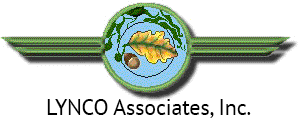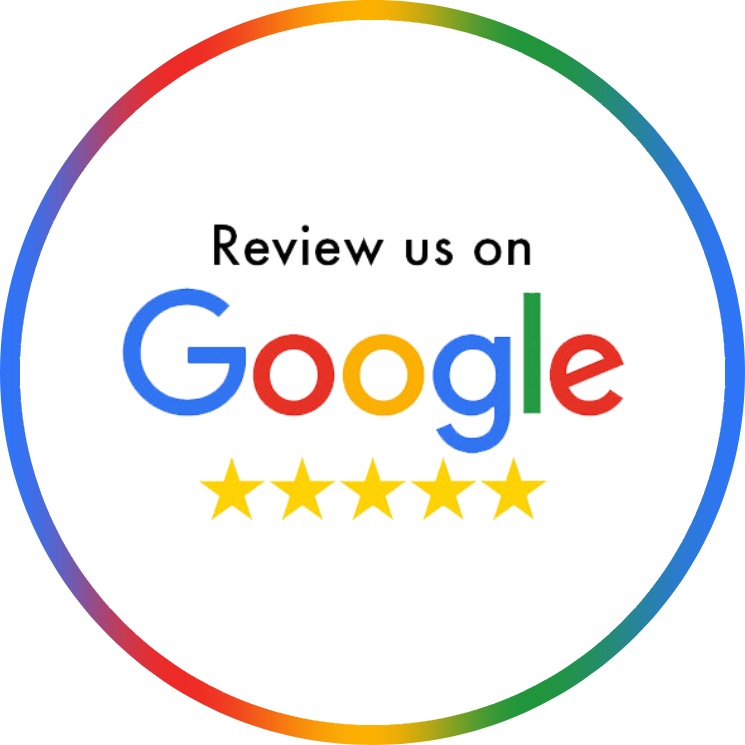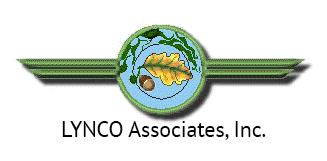When Only Part of the Path is Visible!
Pathways are nice when you have a well-defined road, but what happens when you can only see part of the path and it seems a long way off? Depending on what the challenge is, there may be some questions that could at least help to clear up how the path should look!
SOME BIG QUESTIONS:
For an individual, the questions are:
∙ Who am I?
∙ Why am I ?
∙ Where am I going?
For an organization, the questions are similar:
∙ Who are we?
∙ Why are we?
∙ Where are we going?
SOME FOCUSING QUESTIONS FOR THE INDIVIDUAL:
These seem to be simple enough, but getting clarity might take some effort. It might be helpful to start with a different question: What is important to me (or to our organization)? It is sometimes easier to get to the critical questions by sneaking up on them!
As an individual, if you are thinking about making a significant change in your life consider exploring this question first:
What is important to you?
∙ Emotionally: What makes you content, annoyed, frustrated, excited (and so forth)?
∙ Mentally: What do you like to learn? How do you like learning? What kind of problems do you like to solve? What grabs your attention?
∙ Physically: What kind of energy do you like in your activities/workspace? (Loud and noisy; calm and quiet; active or sedentary; cluttered or pristine space)
∙ Socially: What kind of social activities are important to you both in relationships and in workspace; What kind of people are you drawn towards? What cultural issues are important to you? What interests do you like to share?
∙ Spiritually: What role do your spiritual principles and values play in your workplace or in your relationships?
You could mind map the answers to these questions, or you could just make lists or share your thoughts with a friend.
SOME FOCUSING QUESTIONS FOR THE ORGANIZATION
As a manager or leader in the organization, there are many individuals and various levels in the hierarchy that would have input to these 3 questions. Therefore, you might consider an additional set of topics for gaining an idea of what to answer for these questions. You make already be familiar with SWOT:
∙ Strengths: What strengths do your team members have? What is the strength of your department in how does it contribute to the overall strength of the organization? What is your organization’s best unique contribution to the marketplace or service environment?
∙ Weaknesses: What does your team need to do more effectively? What performance issues are challenging? What staffing issues interrupt the flow of productivity? What financial or policy issues need to be improved?
∙ Opportunities: What are the opportunities that you think your organization might be missing? What opportunities do you wish you had?
∙ Threats: What are the threats you perceive if you do not have more relevant strategic direction? What pressures is the organization experiencing from external organizations, regulatory agencies, or quasi-political or cultural organizations? What risks do these present?
REVISIT YOUR PRINCIPLES
Once you evaluate each of these areas, then you can reconsider the 3 questions. You may find that you have uncovered what is important to your organization regarding who you are, why you are and where you are going. For the organization as well as the individual, the pathway will become much more defined.
Earlier, there is a suggestion of a road that is far off, but no path for getting there. In this picture, there pathway might be long, but it is much more defined since you know the answers to:

∙ Who am I?
∙ Why am I?
∙ Where am I going?
Phone
(719)-510-8902
Service Area
Entire Colorado Front Range, including Denver & Fort Collins
Business Hours
Monday-Friday: 8am-5pm
All Rights Reserved | LYNCO Associates, Inc.



